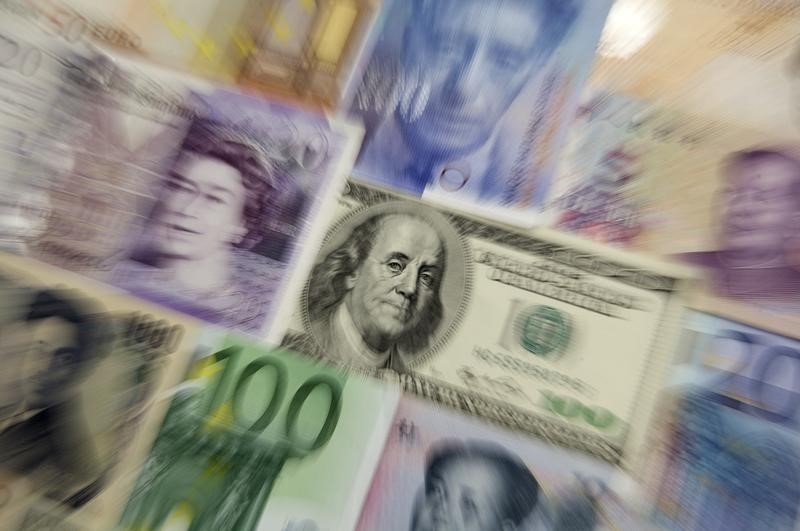By Paulina Duran
SYDNEY, March 8 (Reuters) - The Australian and New Zealand dollars rose against the greenback on Monday as the passage of a $1.9 trillion stimulus bill in the world's largest economy buoyed appetite for risk, underpinning commodity-linked currencies.
The Aussie AUD=D3 rose 0.3% to $0.7701, after falling for two consecutive weeks. It hit a 3-year high of $0.8007 on Feb. 25, as the recent rout in global bond markets weighed on risk-sensitive currencies.
The kiwi dollar NZD=D3 rose 0.30% to $0.7165, after having also fallen in recent weeks. It hit its highest in three and a half years at $0.7463 on Feb. 25.
Both currencies have benefited from unprecedented global fiscal and monetary stimulus during the COVID-19 pandemic.
But the rapid global economic rebound has more recently fuelled concerns about inflation, pushing global bond yields higher, and hurting appetite for riskier assets.
"The Aussie's rejection at 0.80 late February has extended, though the brighter Australia and U.S. growth outlook has helped the currency stabilise," said Sean Callow, senior currency strategist at Westpac.
With a relatively quiet local data calendar, the Australian dollar is being supported by global factors, such as rising prices for oil and metals, according to traders.
"Commodities have been volatile but spot iron ore has held above $170 per tonne, key to Australia's record $10.1 billion trade surplus in January," Callow added.
Investor attention will turn to a speech by Reserve Bank of Australia Governor Philip Lowe on Wednesday, when he will speak about the country's economic recovery and monetary policy.
Lowe said last week he did not expect to meet the RBA's inflation and employment objectives until 2024, signalling the cash rate will stay at 0.1% for a long time to come. on Australian 10-year bonds AU10YT=RR were 6 basis points lower at 1.77%, recovering from a intra-day high of 1.87% reached during a bond sell-off on Friday.
(Editing by Ana Nicolaci da Costa)
